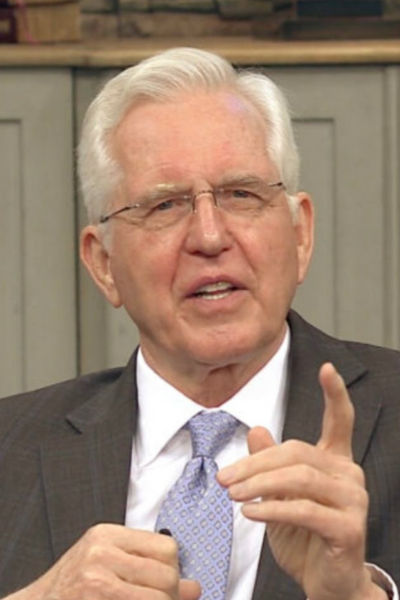On December 18, 2022, Rian Nelson published a post about me on the FIRM Foundation blog. I responded to his post the next day with an open letter. Rian replied with a comment on this blog. The following is my reply to his comment.
Mr. Pan, I appreciate you responding to by blog. Just a few responses.
There’s no need for formalities. Please, call me Peter.
Calling the CES Map a “Fantasy Map” is accurate. It does not relate to any current geography in the world.
Come now, Rian; be honest. You use that term as a derogatory label. We both know it.
The name of the
BYU Book of Mormon Conceptual Map explains its purpose and goal, and its website informs us that it was designed and prepared to give “a basic idea of approximate directions and theoretical relationships between various geographical features mentioned in the stories.” It is
not a “fantasy map” like
the one of Middle-earth created for J.R.R. Tolkien’s
The Lord of the Rings trilogy. Calling it a “fantasy map” misrepresents the intent of the project. This is similar to how you and Jonathan Neville use terms like “SITH,” which has
sinister origins. It’s an unfair practice that demonstrates that you and your associates are not acting in good faith.
I have always
referred to your book,
Moroni’s America – Maps Edition, by its full title. The least you can do is refer to the Book of Mormon Conceptual Map by its proper name.
There is not one scriptural quote about Joseph using a stone in a hat to translate, and there are at least 4 or 5 scriptures that say he used the two stones fastened to a breastplate.
Your argument is a
non sequitur. There are many events in Church history that happened but are not mentioned in the scriptures. For example, Joseph Smith began the translation of the Book of Mormon in Harmony, Pennsylvania, where he and Emma and Oliver Cowdery struggled financially.
David Whitmer invited them to come to his father’s home in Fayette, New York, where they would receive free room and board and also assistance with writing while Joseph translated. Joseph took David up on his offer, and they moved there in early June 1829.
There is nothing about any of that in the scriptures—not in the Book of Mormon, not in Joseph’s revelations in the Doctrine and Covenants, not in the canonized portion of Joseph’s 1838 history that’s in the Pearl of Great Price. Therefore, according to your logic, Joseph either never moved to Fayette or he was not authorized by the Lord to do so.
Joseph, of course,
did use the Nephite interpreters/Urim and Thummim to translate portions of the Book of Mormon, but he
also used a seer stone. Martin Harris—who was Joseph’s scribe for a time, an eyewitness to the translation process, and one of the Three Witnesses—
said that “the Prophet possessed a seer stone, by which he was enabled to translate as well as from the Urim and Thummim, and for convenience he then used the seer stone.” Either Martin was correct, or he was mistaken, or he was lying. The fact that so many other eyewitnesses to the translation (including Emma Smith, David Whitmer, Joseph Knight Sr., Elizabeth Ann Whitmer Cowdery, and others) also reported that Joseph used a seer stone indicates that Martin was neither mistaken nor lying. (Jonathan Neville’s “
demonstration hypothesis” is nothing more than an ad hoc way to dismiss the overwhelming eyewitness testimony that doesn’t fit with his beliefs.)
There are many things that are not in the scriptures but are nonetheless true.
I have no problem with those of you who believe differently in the geography and the translation than I do, as we all have that freedom.
But you and your associates clearly
do have “a problem with those of [us] who believe differently,” because you keep claiming that if we don’t agree with your beliefs, then we’re “
rejecting the teachings of the prophets,”
promoting anti-Mormon claims, causing
a loss of faith leading to apostasy among members, and are responsible for
a decline in growth of Church membership.
Until you and your collaborators stop making these false assertions, please don’t claim that you “have no problem” with those who don’t agree with you.
When people say we are a hoax, or an apostate sect, or we are critical of the Brethren, or say we think we are racially superior to some, those are incorrect and small statements.
I disagree. Jonathan Neville has
repeatedly claimed that Church leaders and Church employees are censoring Church history, misleading members, and publishing anti-Mormon arguments. These statements (
among many others) are clear evidence that he is promoting an apostate form of the restored gospel that is critical of the Brethren.
Your own
racially charged statements about the people of Latin America are directly at odds with what the prophets have taught.
I think the evidence demonstrates that my assertions are correct. And as long as Jonathan Neville can
claim that “M2C” is a hoax, then I think it’s only reasonable that I can make the same claim about the Heartland movement.
Let me rephrase when I called you a “small person”, and say your comments are small minded.
Thank you for rephrasing that.
I know The United States is the promised land foretold in the Book of Mormon, as the Lord chose it. He did not chose it because those who live here are better people, or because it is a more beautiful place than other parts of the world, but He chose it to be the place of the Restoration of the Gospel in the Latter-days. Why? Because He chose it!
First, your statement is an example of
circular reasoning and is thefore logically fallacious.
Second, I also believe that the United States was set apart by God to be the cradle of the Restoration—not because the Book of Mormon teaches that but
because Joseph Smith’s revelations do.
Certain statements in the Book of Mormon can be
interpreted to be references to the United States, but most of them are so nonspecific that they could refer to other nations as well. For example, the prophecy of the “mighty nation” that would scatter Lehi’s descendants (
1 Nephi 22:7–8) cannot refer to the United States because that scattering was prophesied to take place
before the coming forth of the Book of Mormon, and the expulsion of the American Indian tribes from the Eastern United States didn’t take place until
after the Book of Mormon had already been published. (
I wrote about this here.) Likewise,
President Ezra Taft Benson and Elder Mark E. Peterson both declared that the “choice land” prophecy in
Ether 2:9–12 refers to the entire Western Hemisphere, not just the United States.
May the Lord bless you in sharing the love of Christ, as I will try and do a better job of doing so as well.
Thank you! I also hope the Lord blesses you in your righteous endeavors. I also pray that he will hinder me, you, and anyone else who tries to lead people away from the truth of the restored gospel and the teachings and authority of living prophets.
—Peter Pan
 The Standard of Truth podcast is hosted by Dr. Gerrit Dirkmaat, associate professor of Church History and Doctrine at Brigham Young University, and Richard LeDuc, a professor in the Masters of Business Creation Program at the University of Utah. In their weekly episodes, they “explore the early days of The Church of Jesus Christ of Latter-Day Saints and the life and teachings of the Prophet Joseph Smith. They examine the original historical sources and provide context for events of the past. They approach the history of the church with faith, expertise, and humor.”
The Standard of Truth podcast is hosted by Dr. Gerrit Dirkmaat, associate professor of Church History and Doctrine at Brigham Young University, and Richard LeDuc, a professor in the Masters of Business Creation Program at the University of Utah. In their weekly episodes, they “explore the early days of The Church of Jesus Christ of Latter-Day Saints and the life and teachings of the Prophet Joseph Smith. They examine the original historical sources and provide context for events of the past. They approach the history of the church with faith, expertise, and humor.”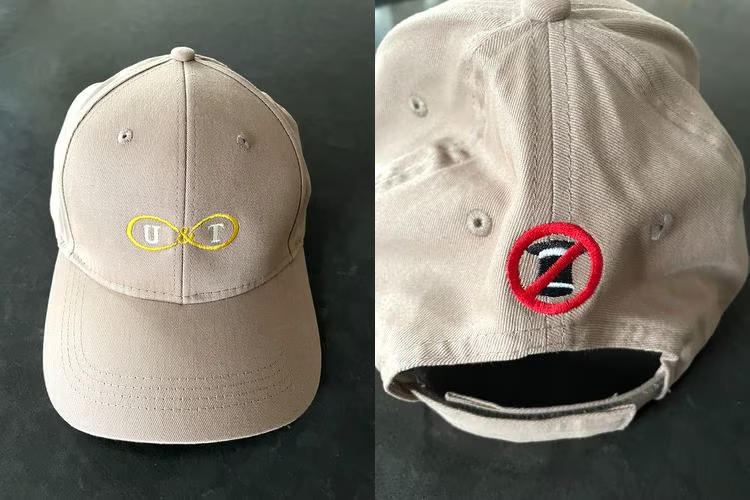
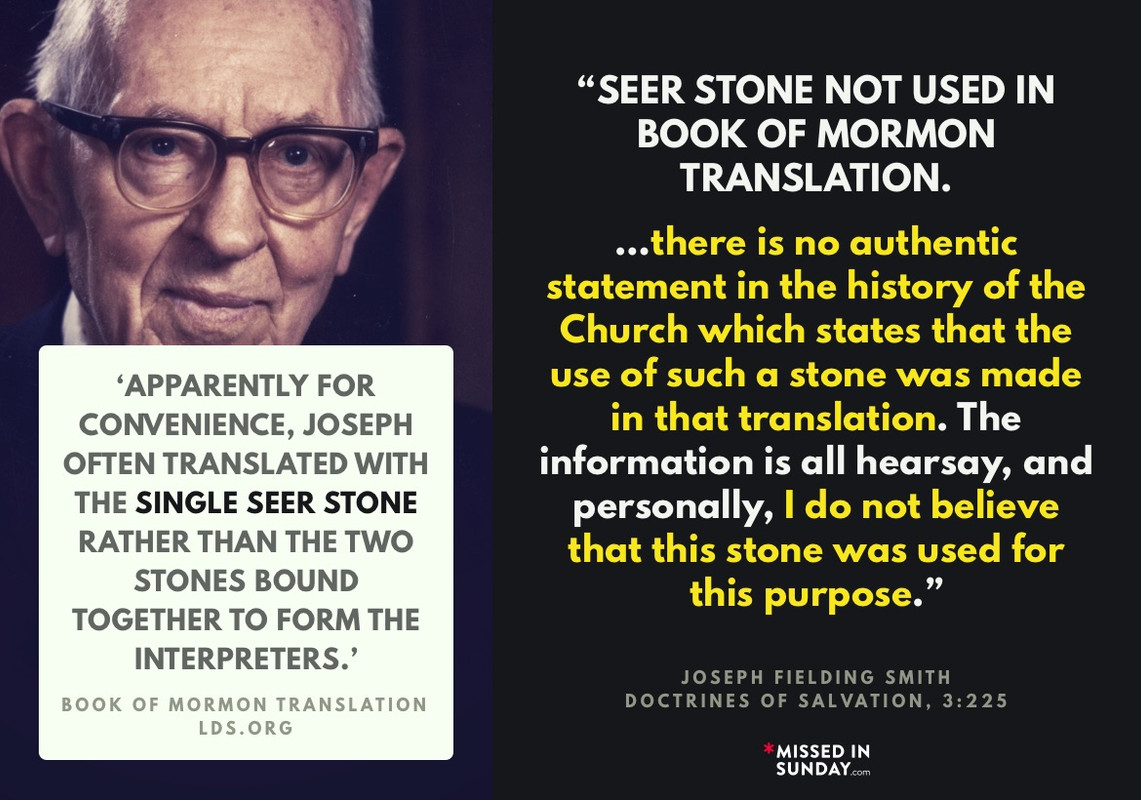
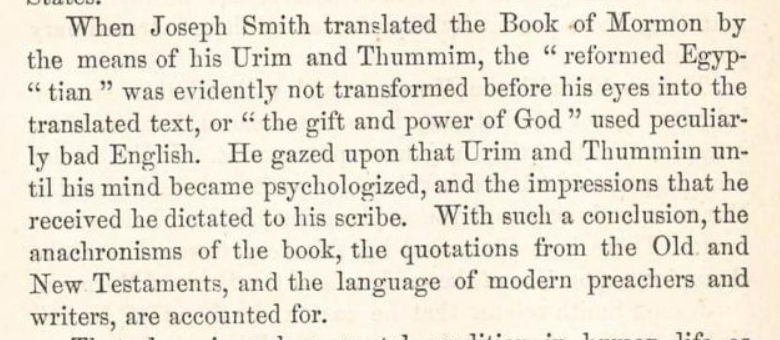
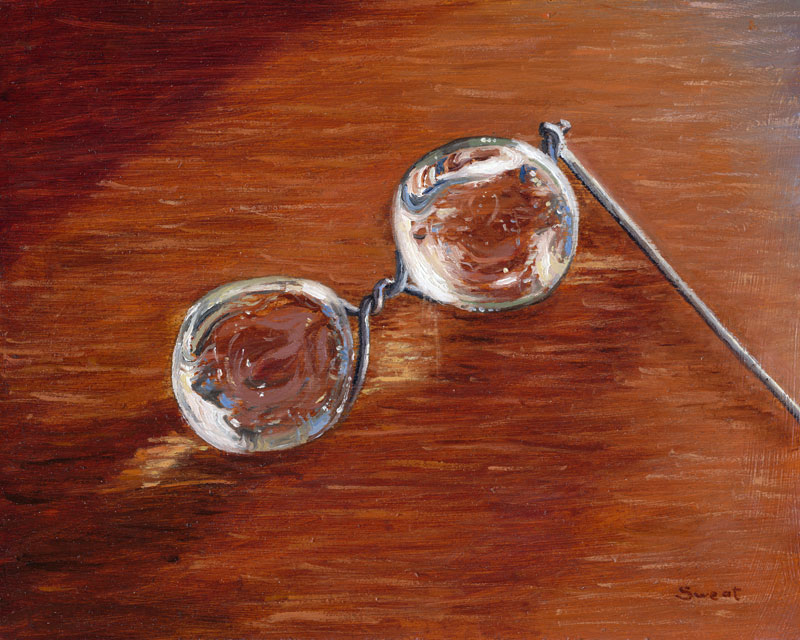 Neville’s claim that “Lately, explanation 3 has been embraced by many believers…as a faithful explanation that replaces explanation 1” is clearly and patently false. As I wrote
Neville’s claim that “Lately, explanation 3 has been embraced by many believers…as a faithful explanation that replaces explanation 1” is clearly and patently false. As I wrote 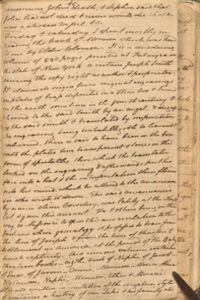
 “SITH teaches that [Joseph and Oliver] misled everyone about the translation.”
“SITH teaches that [Joseph and Oliver] misled everyone about the translation.”
 “Merely pretended to translate.”
“Merely pretended to translate.”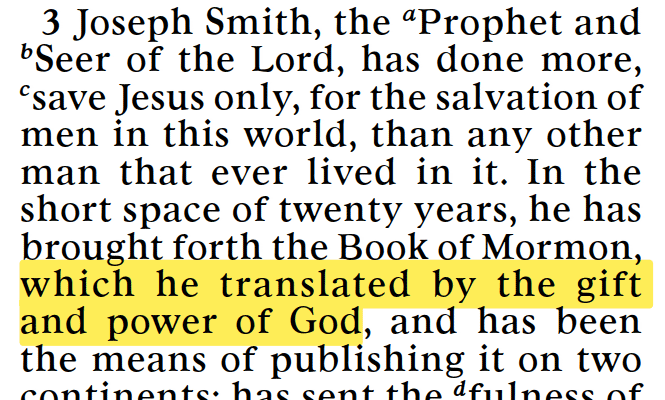 That claim is, of course, completely absurd. Both Neville and those who agree with the leaders of the Church (including
That claim is, of course, completely absurd. Both Neville and those who agree with the leaders of the Church (including 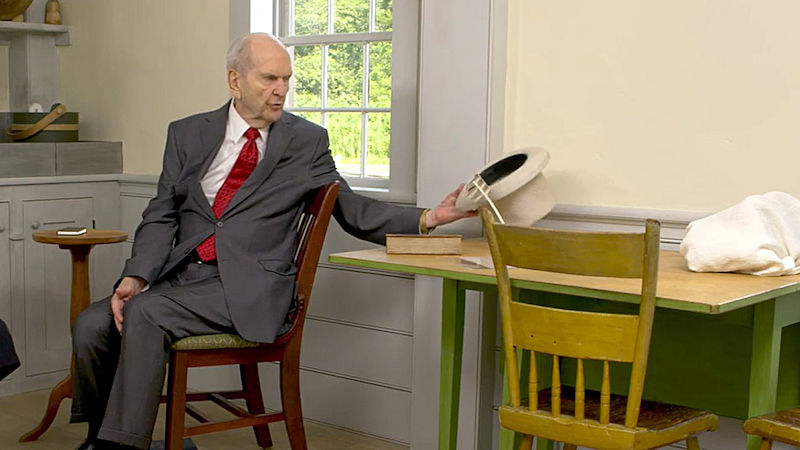
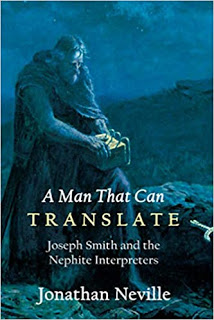
![https://www.facebook.com/firmfoundationexpo/posts/pfbid0ZRLQZUNqUpazJZDLrBokcHoNPakhfQxcW6FNK4T2nXTq6UfJZY44zqkS4RiFNWjnl?comment_id=1096159064308652&reply_comment_id=815288339880926&__cft__[0]=AZUrC8T5Gl8ESRb3ntG9m8d61hXihDxwyMXOZr7l1gY8ZY3A6Ve0pKnUAI_Zg8fTk-IfjyTz_N55brfgqcyuEcWBOxnw7FLBWuzBE2FQrZqsv-yh5TzTPorvFMPbjcOz_aajLjwTwuG7S5A43sjR18uR1wWeG0uiKIbm4oHI2_j5nrrPEX28WNGkCLkFeYC4ELM&__tn__=R]-R](https://i.postimg.cc/7hFmwJ2x/uchtdorf-give-him-time-opinions-can-change-600x484.jpg)


